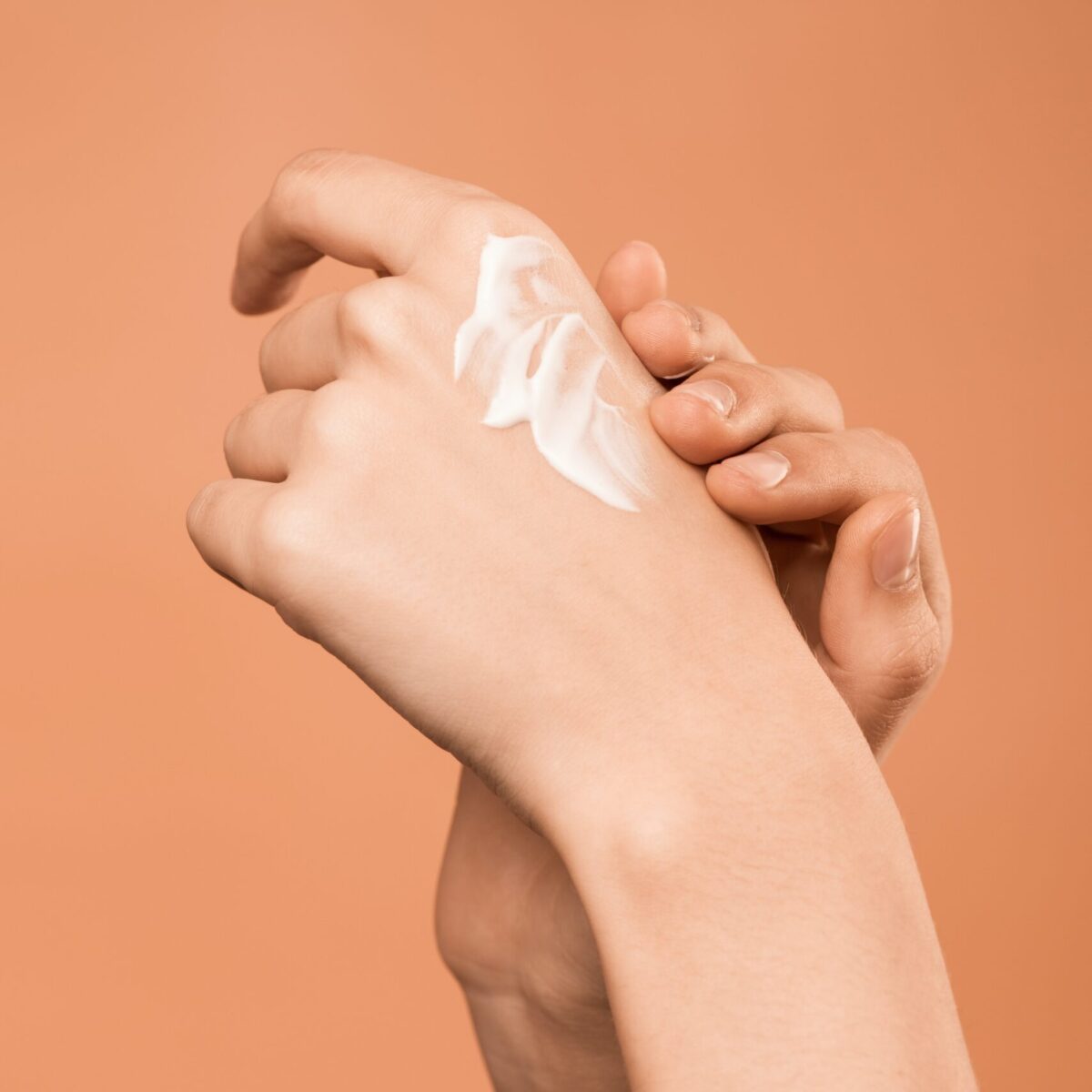
Spot the Difference: Is your skin dry, dehydrated, or both?
The basics
It all begins with this: dry skin is a skin type whereas dehydrated skin is a skin condition. Dry skin fundamentally lacks oil whereas dehydrated skin is a temporary state where our skin lacks water, says this dermatologist from the American Board of Dermatology. Dehydration can occur in any skin type. According to the experts at Healthline, it’s characterised by dullness and premature signs of aging like fine lines and loss of elasticity.
But, the two are easily confused as they often show up together, uninvited, and can be amplified by internal biological processes as well as environmental factors. Plus, using skincare to treat one won’t always treat the other, so it’s important to understand their differences.
Does one cause the other?
In short, no! Dry skin and dehydrated skin aren’t necessarily the cause or effect of each other, but they usually arrive hand-in-hand. This is most noticeable for all skin types during Winter, where we expose our skin to fluctuating temperatures that confuse our need for oil production. If our skin doesn’t produce enough oil in response, it becomes dry.
This lack of oil production is typical behaviour for dry skin types, and can happen at any time of year for them. This means that dry skin is generally more prone to having less sebum on the skin, so the skin barrier traps in less moisture and water than usual. This is what causes it to become dehydrated.
When our skin is dehydrated, it kicks oil production into overdrive to make up for the lack of water. It can end up being more than our skin can handle, and can look like patches of dryness, inflammation, or flare-ups of flaky skin conditions. This is where dryness and dehydration tend to overlap. But, dehydrated skin can also look like excess oiliness and breaks outs, avoiding the dry route completely. So, dehydrated and dry skin aren’t the same, but are usually closely linked.
Dryness and Dehydration As We Age
It’s no secret that as we age, our skin becomes drier and prone to dehydration. Our metabolism begins to slow, alongside our skin cell turnover and our production of hyaluronic acid. In short, there is less moisture on the skin, so dehydration creeps in, while the oils on our beautiful skin barrier begin thinning out, which leads to dryness.
You might also experience dehydration at what feels like random intervals. Dermascope suggests that excessively dehydrated skin can come from hormonal changes during perimenopause. This is the transition period into menopause, usually in the mid-30s to mid-40s, in which the dominant hormone in biological men (androgen) is produced to address drops in oestrogen and progesterone. These drops usually occur twice during the menstrual cycle. If this kind of dehydration is noticeable on the skin, it’s recommended to consult a doctor about what is best for your hormonal balance to restore water retention and elasticity.
How can I treat dehydration and dryness with skincare?
If your skin brings dryness and dehydration to the party, you can kick them out together with the right balance of ingredients! It’s recommended by this dermatologist to grab a moisturiser or serum that’s packed with hydrating ingredients like ceramides, hyaluronic acid, and dimethicone. These will absorb moisture into the skin, and can be locked in by an occlusive layer formed by oily or fatty ingredients. These will strengthen your skin barrier. A great example of this is the Renewal Cream from ZO Skin, which contains hyaluronic acid to replenish dehydrated skin and oils to nourish dryness.
For dehydrated skin, Healthline recommends ingredients like honey, aloe vera, lactic acid, and snail mucin. Your mission is to restore water without necessarily adding oil. Ultimage’s Hydrating Gel and Skin Medica’s Rejuvenating Hydrator are great for this, as they contain hyaluronic acid and a blend of peptides to quench thirsty skin. It’s also important to drink water everyday and eat water-rich foods like cucumber or watermelon for the skin to absorb hydration from within!
For dryness, you’ll also want to aim for gentle, nourishing cleansers that are gel-based or oil-based. If your skin is sensitive or prone to irritation, lean towards fragrance free products like the Neocutis Gentle Skin Cleanser. This is a great option as it gently exfoliates to restore softness and uses an antimicrobial fatty acid to prevent breakouts and balance oil production. Healthline recommends using products containing squalene oil, jojoba oil, rosehip oil, nut oils, or shea butter to nourish your skin and regulate oil production. Don’t be afraid to layer on those oils!
Spotting the difference between dry and dehydrated skin might not always be easy. When it comes to skincare, the key is to differentiate between moisturising and nourishing products. It all depends on if your skin needs extra water, extra oil, or both! Remember to replenish your skin’s needs from within and without and notice that they can change over time, but you already knew that.



